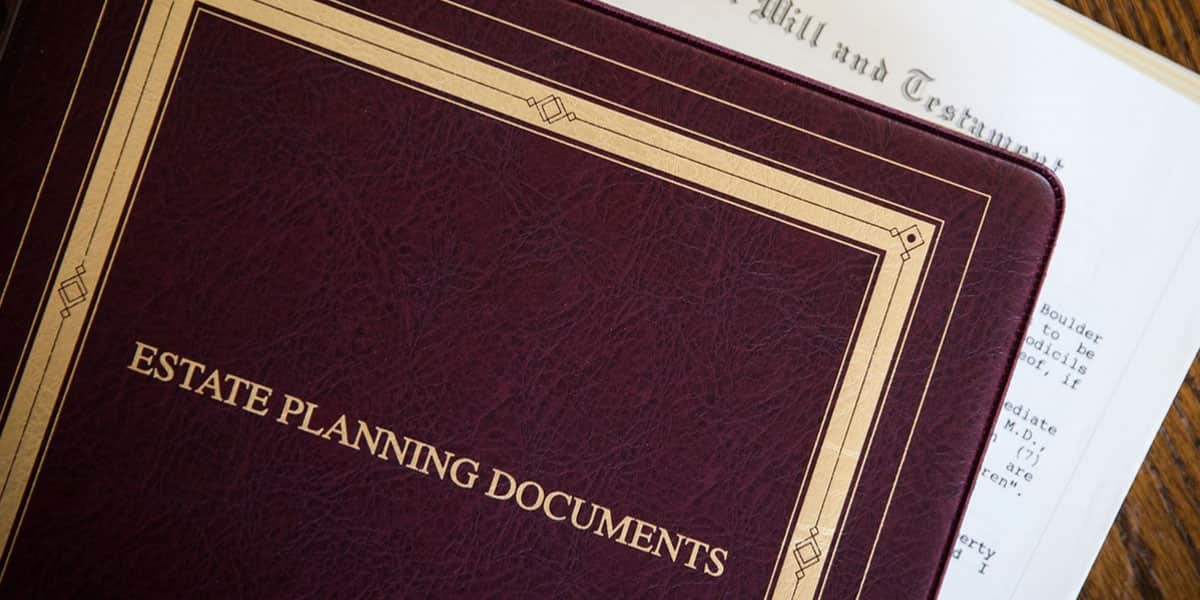
Options to consider when planning your estate include:
1. Intestate Succession: The State of New York determines how your assets are distributed after your death.
2. Last Will and Testament: You decide how your assets are distributed after your death by a Will. Your Will is supervised by a court after your death.
3. Revocable or Living Trust: You decide where your assets are distributed using a trust that you can easily change without the consent of any other person. If properly implemented, court supervision after death is not required.
4. Irrevocable Trust: You decide to protect your assets from long term care (nursing home) expenses and decide how your assets are distributed after your death. These trusts can be drafted to allow for changes with the consent of another person.There are times when both a Will and a trust (revocable or irrevocable) are recommended. If estate tax minimization or long term care planning is included in your goals, we can discuss the strategies to meet these goals after reviewing your personal circumstances.
INTESTATE SUCCESSION.
Intestate Succession is an estate plan by default. If you fail to personally create an estate plan prior to death, then the State of New York will determine to whom your estate will be transferred. In many intestate situations, the heirs as determined by the state are not the persons to whom you would have left the property. The current law provides that if:
1. You have a spouse and children: The spouse receives $50,000 plus one-half of the balance of your assets. The children equally share the other one-half.
2. You have a spouse and no children: The spouse takes everything.
3. You have children and no spouse: The children equally share everything. If a child predeceases you, his or her children may inherit.
4. You have parents and no spouse or children: The parents share everything.
5. No parents, spouse or children: Distribution depends upon who the closest living blood relatives may be.THE LAST WILL AND TESTAMENT AND PROBATE.
New York State has very specific requirements with respect to the proper execution of a Will. To be validly executed Will, you must declared the document to be your Will in the presence of 2 independent witnesses. A Will can only be successively contested if: (1) the Will is not executed properly, (2) you do not have mental capacity to execute a Will, or (3) there is undue influence or duress. When executed in an attorney’s office, you can be assured that you’re Will, will be executed properly, and that the attorney will take every precaution to avoid contest.
Probate is the administration of your estate by the Surrogate Court according to the terms of your Will; or if there is no Will, then by intestate succession. The word “probate” usually conjures up visions of dark court buildings and substantial legal fees. This fear is generally based on horror stories passed down through the years. Most of the stories are either untrue or are based on misunderstandings as to the actual process.
Actual probate of the Will is fairly simple. The people who would inherit from you if you die without a Will are given a copy of your Will, and the opportunity to either sign a Waiver consenting to the terms of the Will, or a date and time to voice their objection to the probate of your Will before the applicable Court.
The Will also places little or no burden upon you during your lifetime. You do not need to change the title to any of your accounts or other investments. You can change your Will whenever you like provided that you are mentally competent.
REVOCABLE OR “LIVING” TRUSTS.
In order to fully understand the concepts behind a “living” trust, it is important for you to understand the difference between the three basic types of trusts. Today, when the term “trust” is used, it is likely being used in reference to what is known as a “living trust.” The second broad category is a testamentary trust. A living trust is created by you during your lifetime. In most cases the living trust is revocable, which means that you may terminate or modify it. A testamentary trust, on the other hand, is created by your Will upon your death. A third type of trust is an “irrevocable trust,” commonly referred to as a “Medicaid Trust.” Medicaid Trusts are particularly useful if you wish to plan to protect your assets from the potential costs associated with nursing home care.
Creation of a living trust entails a two-step process. The first step is the execution of the physical document which will be referred to as a trust. The second and all-important step is the transfer of all the property out of your name as an individual and into the name of the trustee of the trust. The execution process is relatively simple. Where people go wrong with living trusts is with the next step: the transfer of assets to the trust. It is important to note that living trusts only avoid probate to the extent that the trust owns your assets (or your assets are controlled by joint ownership or beneficiary designation). If you own assets individually at the time of your death, probate will still be required.
The title to your home, bank accounts, stocks, life insurance, and all other major assets must be changed so that the records indicate a transfer has been made to the trust. When some people hear this requirement, they fear that somehow they will lose control and possession of their property. This fear is due to a misunderstanding of what occurs during the transfer process.
In short, as long as you are alive and able, the trust can be drafted so that no one can totally take away the management or control of your assets.
The major advantage of the living trust is the elimination of most types of court interference. If you become disabled, the living trust avoids the necessity of having the court appoint a guardian to administer your financial affairs. If you die, the living trust avoids the necessity of probating your estate.
The primary disadvantage of the living trust, unfortunately, is the establishment cost. Because of the additional time it takes to explain the inner-workings of the trust, and then to create it, the out-of-pocket cost to you is many times greater than the cost of a Will. The second disadvantage of a living trust is the nuisance factor. After the trust is created, you must be willing to incur the inconvenience of transferring assets to your trust. You must also be willing to accept responsibility of maintaining the trust for the remainder of your life, including the proper transfer of any assets purchased after the creation of the trust. In short, you must be willing to place a bigger burden on yourself in order to lessen the burden on your heirs at the time of death. The third disadvantage of a living trust is the possibility of mismanagement by the successor trustee. By removing the court from the administrative process, the risk of mismanagement of the estate is increased. This disadvantage is eliminated or reduced by proper selection of the individual who will serve as trustee or successor trustee. If one trustworthy person cannot be found, then two persons can be named to serve as co-trustees. If no individuals can be found, then the trust department of a bank or other institution may be called upon to serve as the successor trustee. Finally, living trusts do nothing for long term care planning (planning for Medicaid eligibility).






